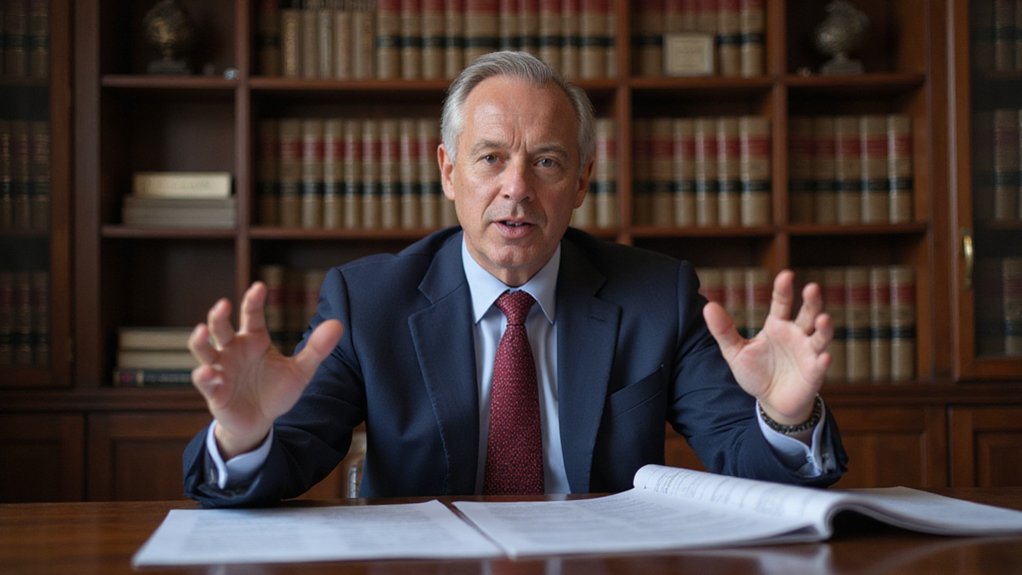President Trump has thrust the Federal Reserve into familiar political crosshairs with his August 7th nomination of Stephen Miran to the Board of Governors—a move that manages to be both strategically calculated and characteristically provocative. The nomination, designed to fill the vacancy left by departing Biden appointee Adriana Kugler, offers Trump his first opportunity to reshape Fed policy since leaving office, though Miran’s abbreviated term lasting only until January 31, 2026, suggests either tactical positioning or difficulty securing long-term candidates willing to weather the inevitable confirmation storms.
Trump’s Fed nomination manages to be both tactically shrewd and deliberately provocative—vintage political theater disguised as monetary policy.
Miran arrives with impressive credentials as chair of the White House Council of Economic Advisers, yet his academic pedigree comes packaged with pointed criticisms of current Fed governance. His co-authored research highlighting “groupthink” within the central bank reads less like scholarly observation and more like a preview of coming attractions, particularly given Trump’s colorful characterizations of Fed Chair Jerome Powell as a “stubborn MORON” for maintaining hawkish rate policies.
The economist’s policy positions align seamlessly with Trump’s pro-growth agenda, defending income tax cuts and tariffs as growth catalysts capable of reducing budget deficits—a mathematical optimism that requires considerable faith in supply-side multiplier effects. More provocatively, Miran downplays inflationary risks from tariff hikes, directly contradicting Powell’s expressed concerns and telegraphing potential conflicts over monetary policy direction. Miran has also proposed measures to devalue the dollar to enhance exports and reduce trade deficits.
This philosophical divergence extends beyond academic disagreement into practical governance questions. Critics worry that Miran’s appointment could further politicize Fed decision-making, undermining the institutional independence that markets prize above partisan policy preferences. The appointment occurs amid broader government efforts to establish regulatory certainty across financial markets, though such clarity often remains elusive in politically charged environments.
The irony, of course, is that concerns about Fed politicization have themselves become thoroughly politicized, with Senate Banking Committee Chairman Tim Scott praising Miran’s qualifications while emphasizing his commitment to “transparency and accountability”—euphemisms that often precede institutional restructuring. The Senate Banking Committee will now proceed with scheduling confirmation hearings to evaluate Miran’s fitness for the role.
The nomination’s ultimate impact may depend less on Miran’s brief tenure than on the precedent it establishes for Fed appointments. Markets, meanwhile, face the familiar challenge of pricing monetary policy expectations amid uncertainty about whether central bank independence represents enduring institutional norm or increasingly quaint historical artifact.








